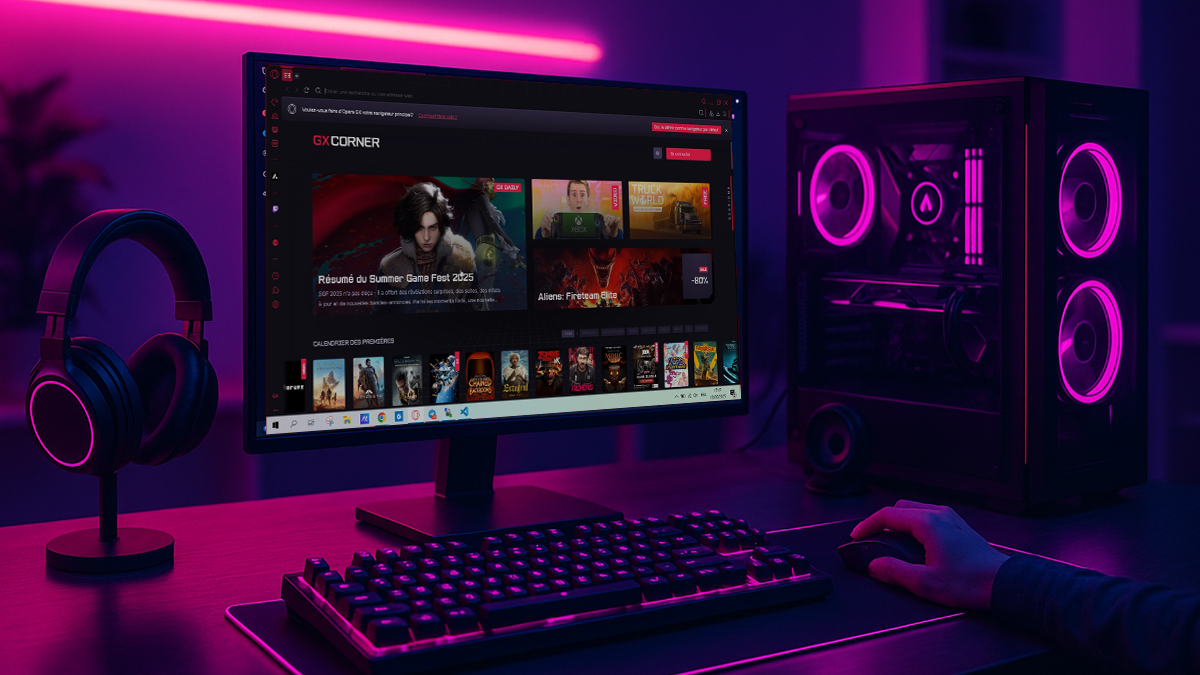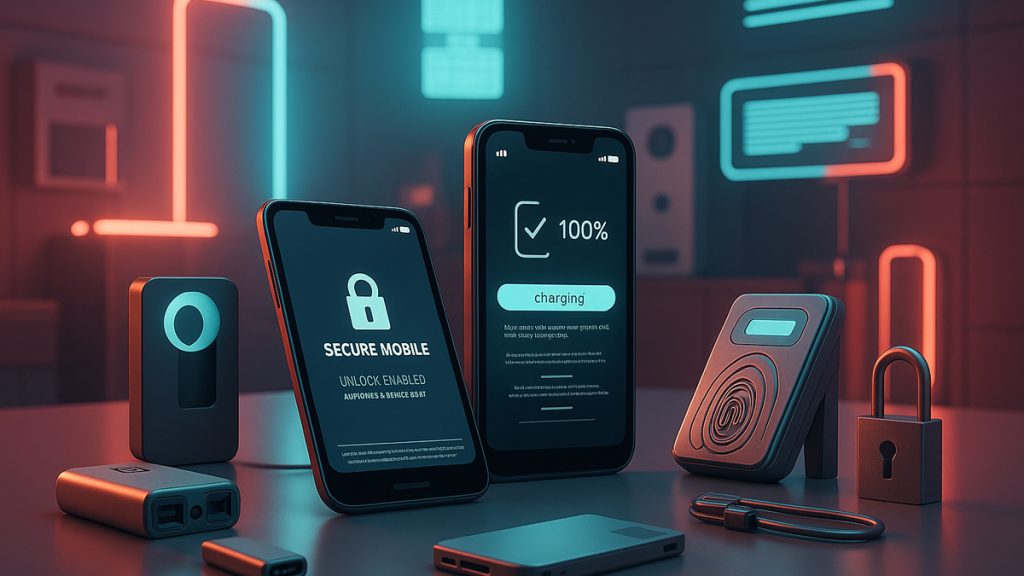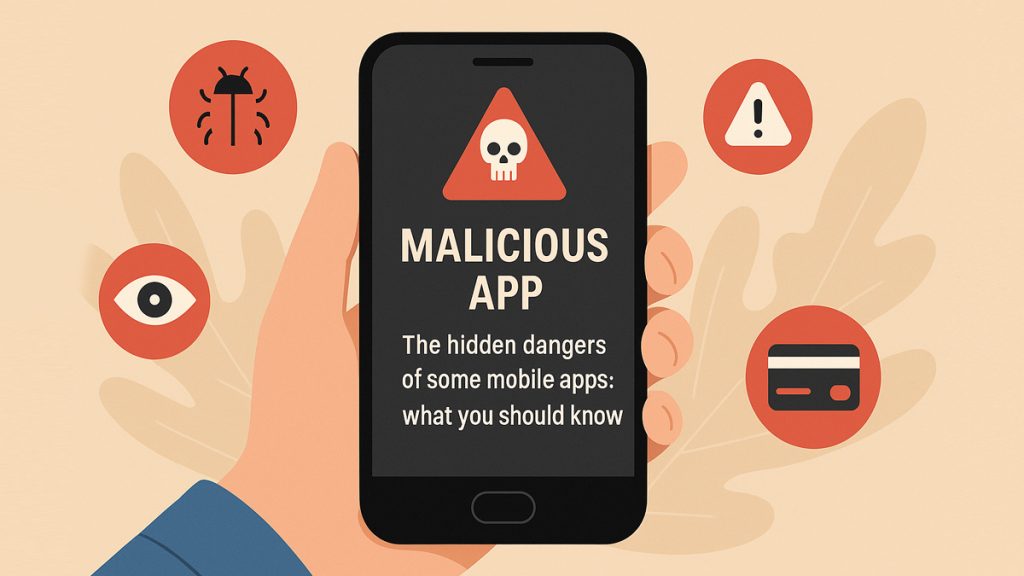Why mobile security matters more than ever
Think about everything your phone knows about you. Your texts, emails, bank apps, social media, even your health stats or your kid’s school info. It’s basically your second brain—and your second wallet.
That’s exactly why mobile security has gone from “nice to have” to “please do this yesterday.” Cybercriminals know your phone is a jackpot. And they’re not always trying to break in with some high-tech wizardry. Sometimes it’s just a fake text that looks like it’s from your bank. You tap a link, and boom—your login info is gone.
Or maybe it’s more old-school. You leave your phone at a café, thinking you’ll be right back. Someone picks it up, opens your unlocked screen, and now they’ve got access to your photos, contacts, and maybe even your work files.
It doesn’t take much. But here’s the upside: it also doesn’t take much to protect yourself. A few smart habits can make a huge difference.
Common mobile threats (and how they work)
Mobile threats come in a few flavors. Some are sneaky. Some are bold. But all of them are aimed at getting access to your data, money, or identity.
Malicious apps might look like a simple game or a flashlight tool, but underneath, they’re collecting your contacts or logging your keystrokes. They’re often disguised to look harmless, especially if they’re downloaded from sketchy third-party sites.
Smishing (SMS phishing) is basically email phishing’s text-happy cousin. You get a message that says “Your package couldn’t be delivered—click here!” or “Suspicious activity on your account.” You click. You enter info. It’s gone.
Public Wi-Fi spying is a silent risk. That free Wi-Fi at the airport or coffee shop might be convenient, but it could also let someone on the same network spy on your traffic. And if you’re logging into your email or making a purchase? Yikes.
Physical theft is still a thing too. If someone gets their hands on your unlocked device—or one that has a weak PIN—they don’t need fancy software. They’ve already won.
| Threat | How it works | How to prevent it |
|---|---|---|
| Malicious apps | Look legit but steal data in the background | Download only from official app stores |
| Smishing | Fake texts trick you into giving personal info | Don’t click suspicious links or reply to unknown numbers |
| Public Wi-Fi spying | Hackers can intercept unprotected data | Use a VPN and avoid logging into sensitive accounts |
| Phone theft | Unlocked phones give instant access | Use strong passcodes and enable remote wipe |
10 practical steps to secure your device
You don’t need to become a cybersecurity expert to stay safe. Here are some practical, real-life tips that anyone can follow:
1. Use a strong passcode, not just a swipe pattern or 4-digit PIN. Longer is better. Yes, it adds a second of inconvenience, but it adds layers of protection.
2. Enable biometric locks like fingerprint or facial recognition. They’re quick, and they make it a lot harder for someone else to get in.
3. Keep your phone’s software up to date. Those updates aren’t just for emojis—they patch real security holes that hackers know about.
4. Only download apps from the official App Store or Google Play. That random “free VPN” from a weird site? Probably not worth the risk.
5. Review app permissions. Does your calculator really need access to your location and camera? Probably not.
6. Avoid logging into sensitive accounts on public Wi-Fi. If you absolutely have to, use a VPN to add a protective layer.
7. Turn off Bluetooth and Wi-Fi when you’re not using them. Less exposure means fewer opportunities for someone to sneak in.
8. Set up remote tracking and wipe options. Both Apple and Android offer tools to find or erase your phone if it’s lost or stolen.
9. Back up your data regularly. If something happens, you want your photos, contacts, and notes safe and retrievable.
10. Stay alert to suspicious messages or calls. If something feels off—even if it looks official—pause and double-check before responding.
Summary & final advice
Mobile security doesn’t have to be scary or complicated. It’s mostly about habits—small things that, added up, make your phone a lot harder to mess with.
You don’t need to live in fear. Just stay a little cautious, stay updated, and treat your phone like the powerful little pocket computer it really is.
Because yeah—it’s not just a phone anymore. It’s your digital life. Let’s protect it like one.








